Improving PCR Volume and Quality for your Packaging Applications
Scott Trenor, Ph.D.
Technical Director, APR
February 28, 2024


2023 The Association of Plastic Recyclers
©
Agenda
• Introduction to APR
• Recycling in US
• APR Design® Guide for Plastics
• Categorization and importance
• Label focused guidance from recycling collection to pellets
• Packaging design generalizations
• Innovations enabling circularity
Who is APR?
Who is APR?
APR is a US-based international non-profit and the only North American organization focused exclusively on improving recycling for plastics.
What Do We Do?
Our mission is simple: RECYCLE MORE PLASTICS to reduce waste.
APR Member Sampling
RECLAIMERS/RECYCLERS




AFFILIATES


Together, APR’s 300+ members span the entire value chain and shape the future of our industry.
• Reclaimers/Recyclers
• Brand Owners
• Retailers
• Converters
• Equipment Manufacturers
• Testing Laboratories









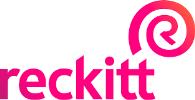





• Certifiers
• Label & Ink Manufacturers
• Resin Manufacturers
• Additives Manufacturers
• Researchers
• Technical Consultants
• And more!
View all APR Members »

APR Primary
Goals

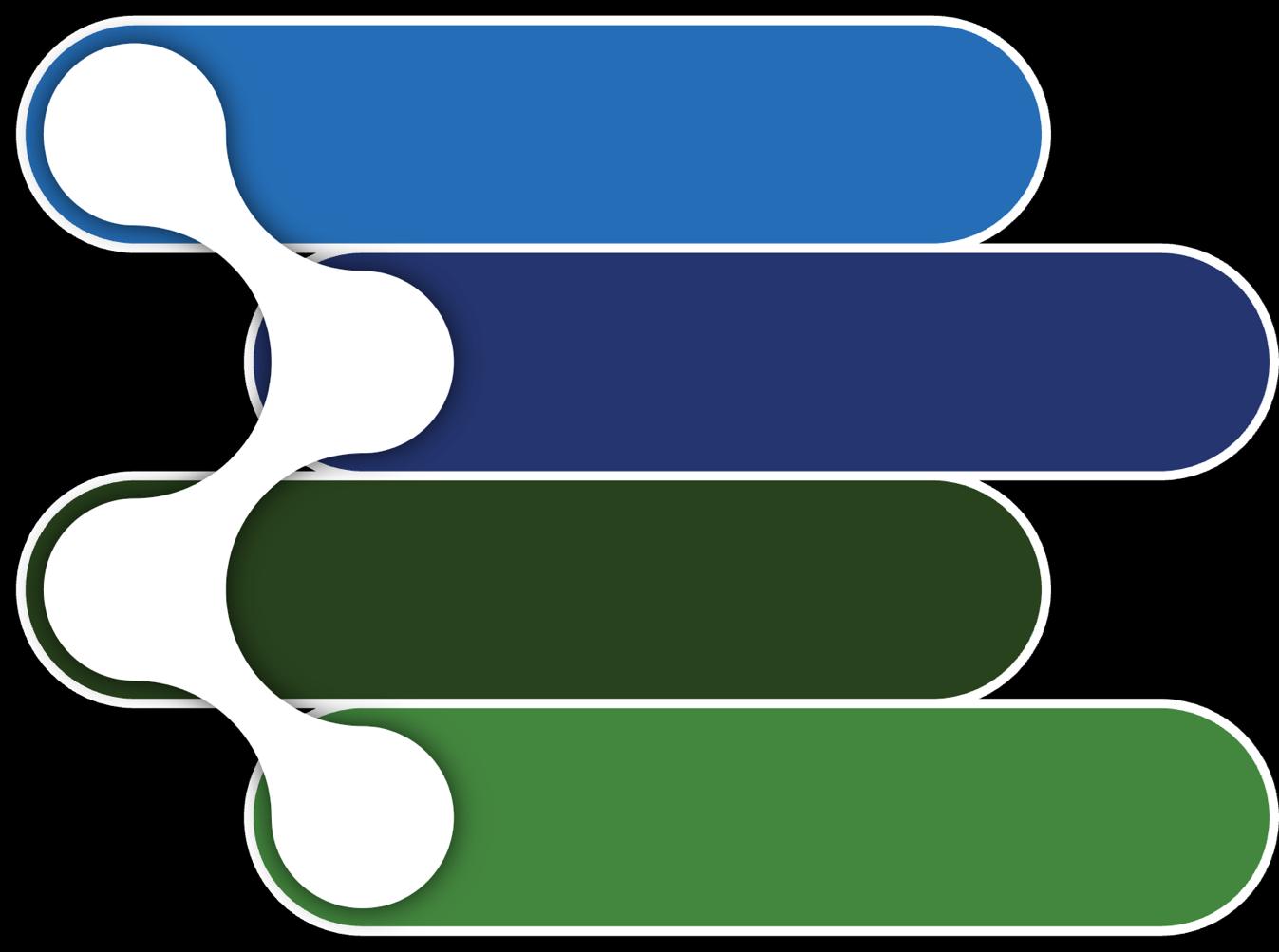

Increase Supply
Ensure plastic gets into the recycling system and stays out of landfills and the environment

Enhance Quality Guide companies on design and processing to reduce contamination and improve recyclability
Expand Demand
Identify solutions to expand use of post-consumer recycled content and reduce extraction of natural resources

Communicate Value
Ensure policy makers and companies recognize the value of recycled content and the recycling process
APR Programs Are Circular by Design®
Together, we can reduce plastic waste and move towards a circular economy
APR Design® Guide
APR Global Design Catalog
APR Design® Training
APR Design® Recognition
APR Model Bale Specifications
APR Demand Champions
APR PCR Certification
Buyers & Sellers Directory
Policy Education

Policy
APR’s Policy Efforts



Reduction & Circularity Across All Materials to Reduce GHG Emissions
Better management is necessary1

Circulatory essential to reducing GHG emissions2
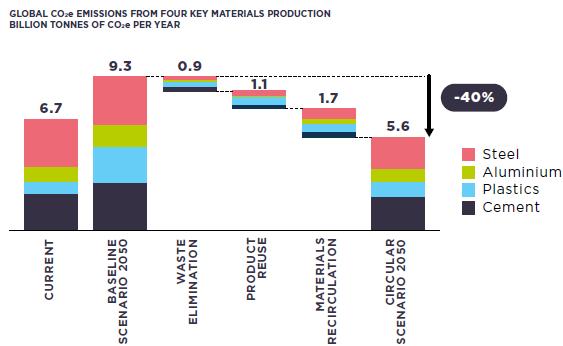
1: Stijn Billiet & Scott Trenor ACS Macro Lett. 2020, 9, 9, 1376-1390 2: Ellen MacArthur Foundation, Completing the picture: How the circular economy tackles climate change (2021)
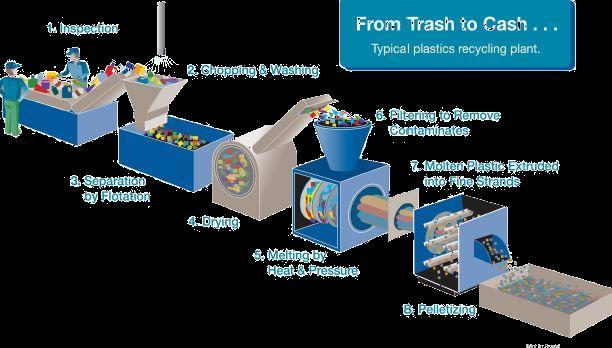
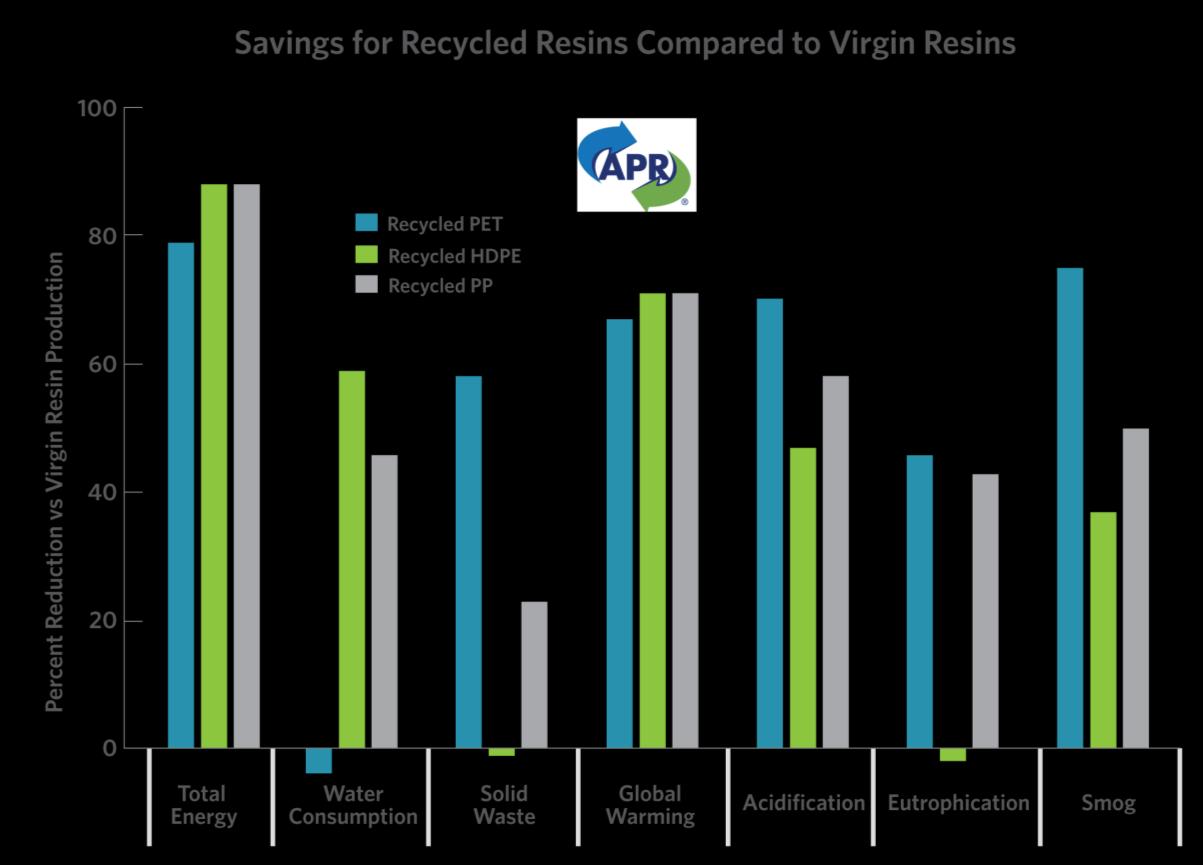
Mechanical Recycling – Smallest Loop & Lowest
https://albertaplasticsrecycling.com/resources-education/plastics-recycling-in-four-simple-steps/
The Association of Plastic Recyclers; Life Cycle Impacts for Postconsumer Recycled Resins: PET, HDPE, and PP
GHGs 1.
2.

U.S. Sourced Post-consumer Plastic Pounds
Recovered for Recycling in 2021
So Much More Potential

Feedstock The Recycling Partnership: State of Recycling The Present and Future of Residential Recycling in the U.S. 2024
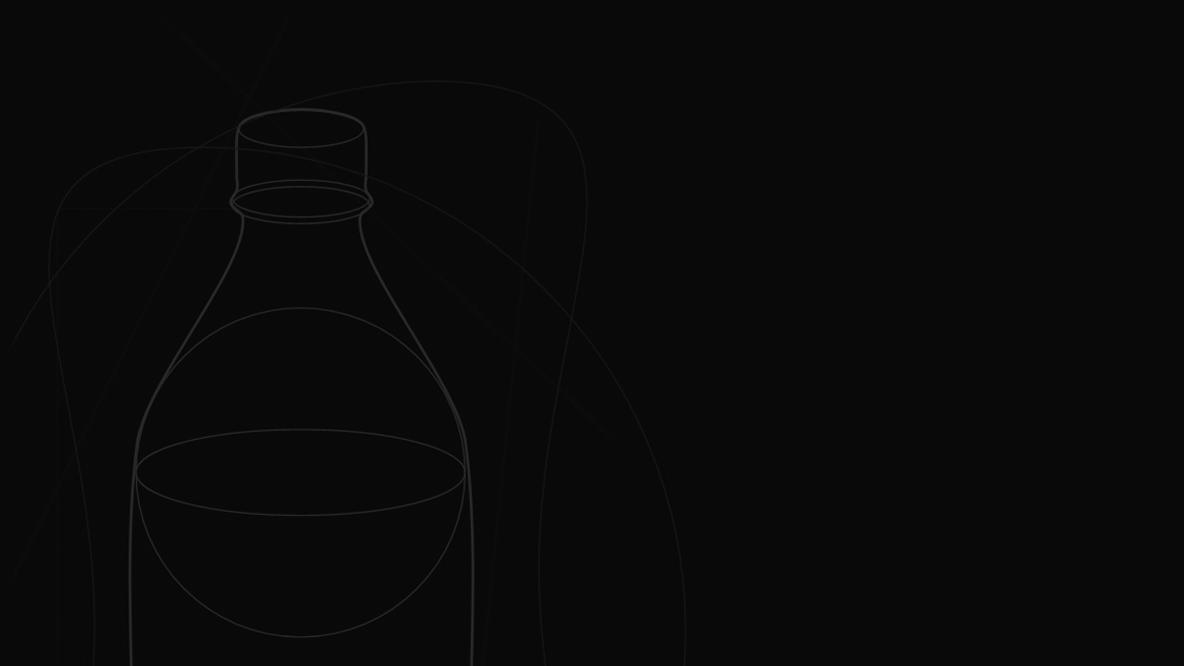
APR Design® Guide for Plastics
Is my packaging recyclable?
The APR Design® Guide is your tool to ensure a package design is compatible with the North American recycling system.
To be considered recyclable*, companies must consider all the following criteria:
• Design for recyclability
• Consumer access to recycling
• Acceptance of a package in the recycling stream
• End markets for products made from the recycled plastic
Design
* For unqualified claims in the U.S., refer to FTC Green Guides
Access Markets
Acceptance
APR Guidance Covers Entire Recycling
Process: Collection to Pellets
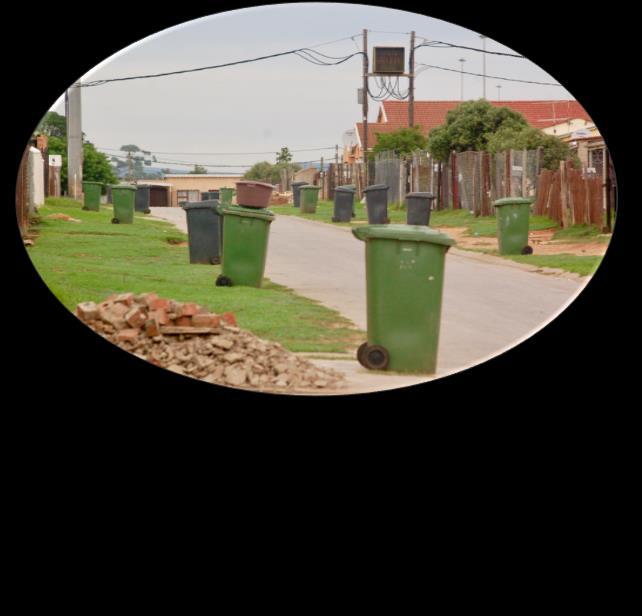









The APR Design® Guide views a package as a compilation of design features
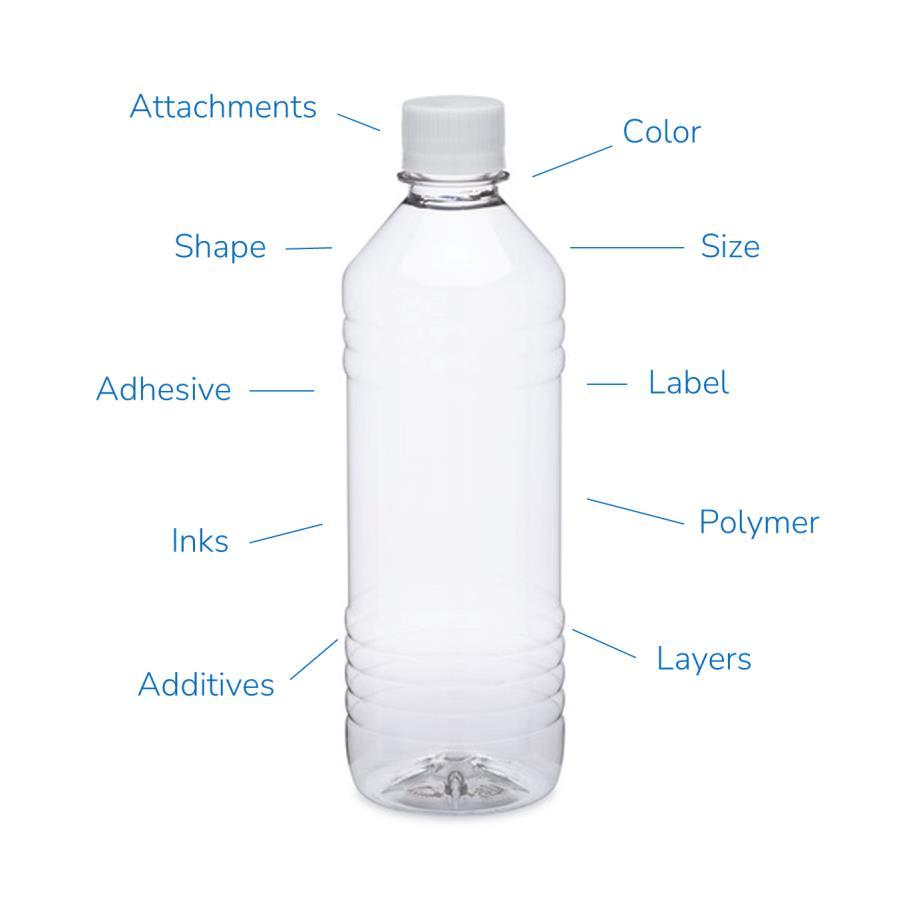
Each design feature is classified into a recyclability category
APR Design® Preferred
Detrimental to Recycling
Renders the Package NonRecyclable
Requires Testing
Why is APR Preferred design important?
In a circular economy, consumer product companies are their own material suppliers. Companies benefit when their packaging is not only recyclable, but also yields high quality post-consumer resin (PCR). This is why APR distinguishes between Preferred and Detrimental features.
Companies whose packaging contains Detrimental features are reducing and lowering the quality of their own future supply of PCR. Improving features so that the entire packaging achieves Preferred Design for Recycling supports a healthy recycling system and increases PCR supply.

Preferred: recyclable with maximum quality and yield
Detrimental: recyclable but reduces yield and/or quality
Design Features Drive Whole Package Assessment
Design Features
Design features are classified according to the APR Recyclability
Categories or test results where testing is required.
Base Resin
Color
Dimensions
Closures
Labels
Adhesives
Inks
Barriers
Additives
Attachments
Whole Package Assessment
Preferred Design for Recycling
Tolerated but Needs
Improvement
Non-Recyclable

Pathway to circularity


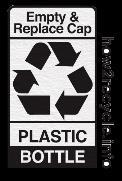
Recyclable
TOLERATED
APR Alignment with Other North American Organizations
BUT NEEDS
DESIGN NON-RECYCLABLE
IMPROVEMENT PREFERRED
Recyclable by California Law
locally Widely recycled
Recycled
Check
Not Yet
CALIFORNIA & PRODUCT DESIGN
• CA Truth in Labeling (SB343): Four criteria to be labeled recyclable, including compliance with APR Design Guide
• CA EPR Program (SB54): Higher fees (ecomodulation) for products that are detrimental to recycling based on APR Design Guide
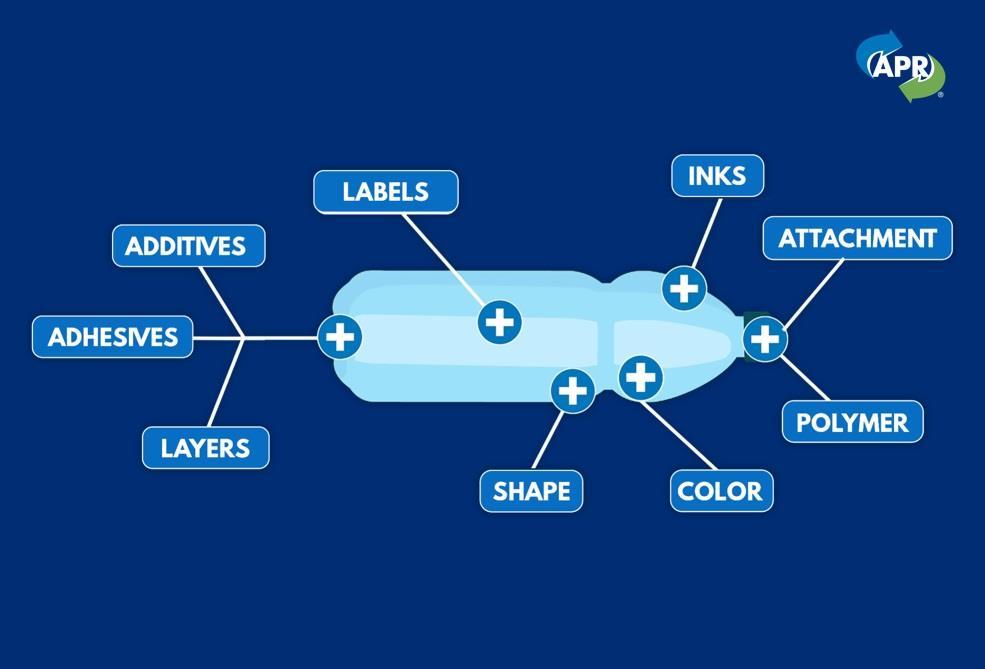
OCC NEWS OR LEDGER
BULKY RIGIDS
PAPER 2D
NIR WASTE MRF Sorting Steps NIR HDPE PET PP Fe Al Residue NIR NIR = Optional
GLASS
MIXED
3D
1-
Lg Size
–
3
Sm Size
2- Md Size
4- 2d3d
5- NIR
- Eddy IN NIR Alternate Fe location
6- Mag 7
The APR Sorting Potential Protocols
Navigating Through the MRF
Note: More reliable than on-site MRF tests because
✓ They are designed to represent the average MRF
✓ They include the reclaimer sorting process
✓ They are repeatable
https://plasticsrecycling.org/sortation-nir-metals-size
•
•
NIR
Size
2D/3D •
• Metallic
Design Guide Generalizations for MRF
Survival
• Size
• < 2 gallons
• > 2” in 2 dimensions – otherwise requires testing
• 2 dimensional
• If one dimension of the uncompressed package is < 5cm
• If the package is anticipated to be compressed to less than 5cm
• Labels and coverage – must allow for accurate identification of underlying package
• Metal containing pigments, foils, components or metallization requires testing to determine how metal detector sees it.
• Dark colors
• Traditional black colorants prohibit proper sorting
• </= 10% NIR reflectance or L value < 40 requires testing
https://plasticsrecycling.org/sortation-nir-metals-size
APR Guidance Covers Entire Recycling
Process: Collection to Pellets










Reclaimer Unit Operations
• Sort entire articles (NIR & Color)
• Liberate components from each other
• Separate components into independent streams
• Cut articles into flake → pelletize
Copywrite APR – not to be used without express written consent from the APR or Common Sense Solutions

Labels & Reclaimer Unit Operations
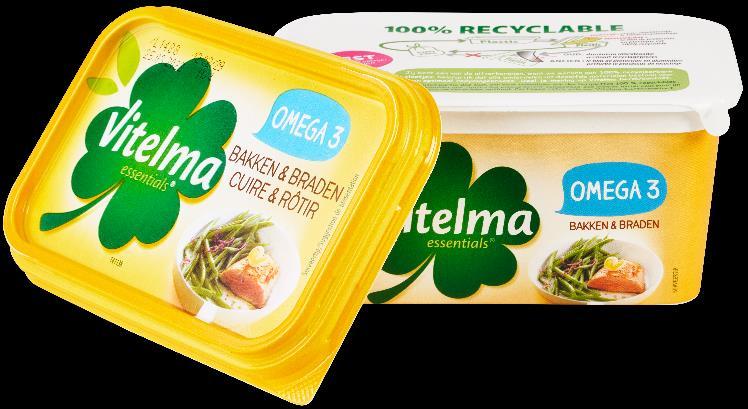
Key is Ink / label / adhesive combination
• Sort → properly identify underlying container (NIR & Color)
• Liberate → full bottle wash, wet/dry delabeler
• Adhesive→ designed to enable desired fate
• Separate → sink/float or elutriate
• Ink → retain or release basis label fate
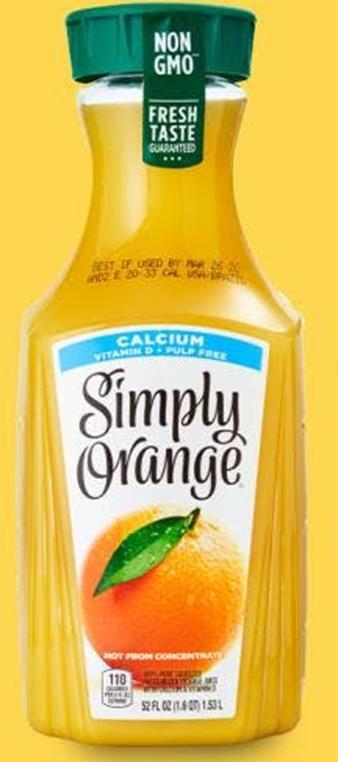




Ejected Flake
Poorly Designed Labels Reduce Quality & Yield
Primary component:
Flake with pressure sensitive label
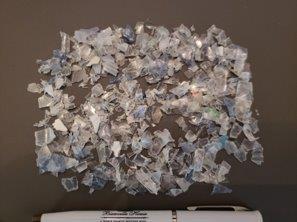
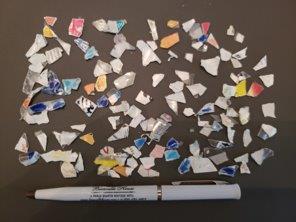
Impact of Paper Labels → Always Detrimental

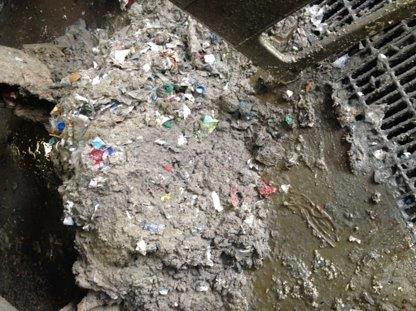
PET Design Guide
Generalizations
• Color
• Clear, transparent light blue or transparent green – Preferred
• Other colors detrimental
• Not recyclable if not NIR sortable
• Closures: PP or PE
• Labels (meet sorting requirements) +
• Direct print that flakes off
• Pressure sensitive – floating polymer + recycle friendly adhesive + ink that adheres to label
• Wrap around – floating polymer + hot melt adhesive + ink that adheres to label
• Paper is detrimental
• Shrink sleeves
• PO + ink that adheres to label
• CPET + wash off ink
• Pumps/triggers – all plastic made of PE, PP, TPO etc.

https://plasticsrecycling.org/pet-design-guidance
• Color
HDPE Design Guide Generalizations
• Natural & white have most value
• All colors allowed if NIR sortable
• Closures: PE best or PP – limit total PP % to < 10 wt% of total package
• Density ≤ 0.97 g/cm3
• Labels (meet sorting requirements) +
• Direct print that flakes off
• In mold – PP or PP Preferred
• Pressure sensitive – Paper is detrimental
• Shrink sleeves – Any except PVC that allow bottle to be sorted
• Pumps/triggers: All plastic made of PE, PP, TPO etc.
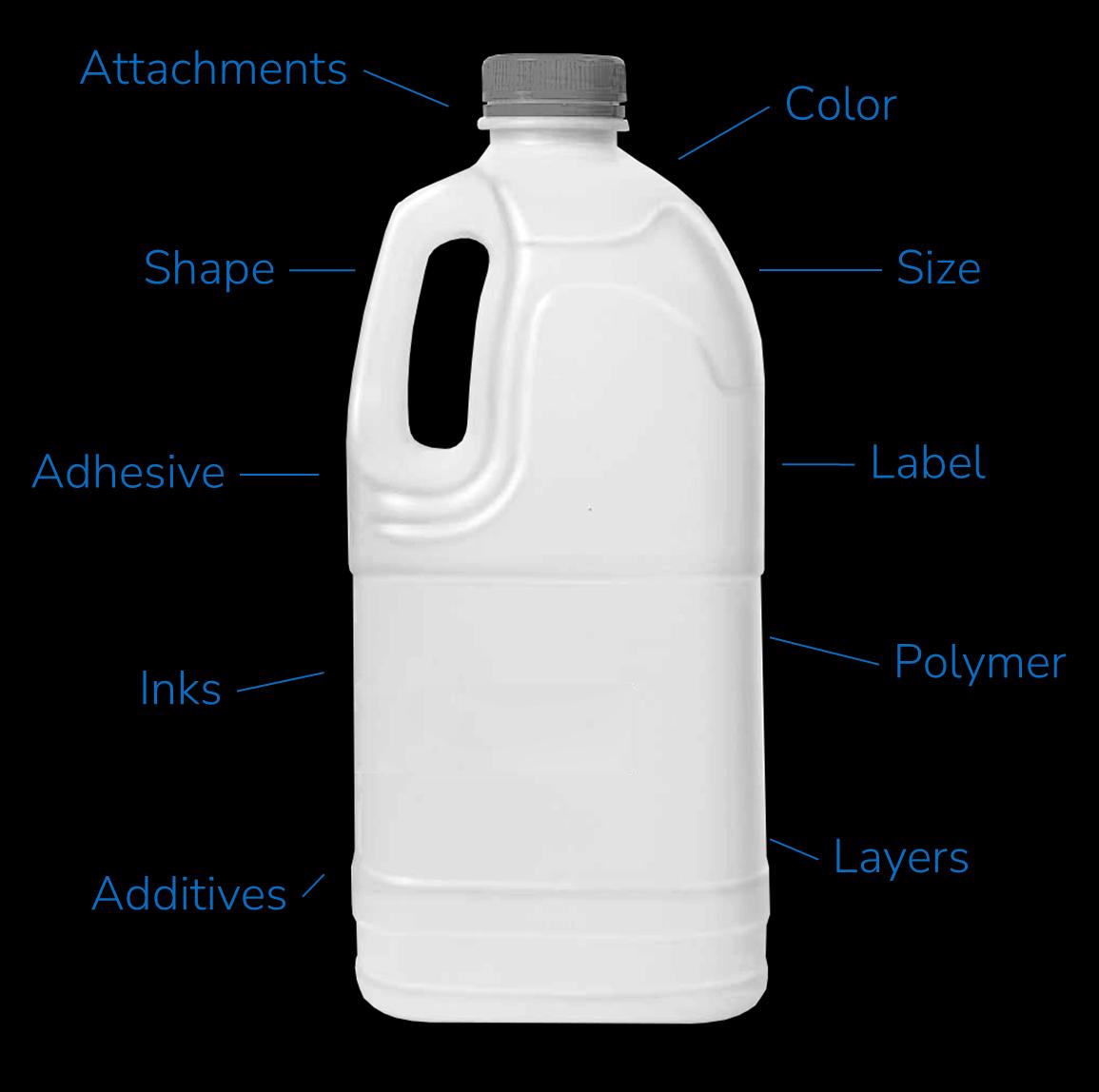
https://plasticsrecycling.org/hdpe-design-guidance
• Color
PP Design Guide Generalizations
• Natural & white have most value
• All colors allowed if NIR sortable
• Closures: PP best or PE – limit total PE % to < 10 wt% of total package
• Density ≤ 0.97 g/cm3
• Labels (meet sorting requirements) +
• Direct print that flakes off
• In mold – PP or PP Preferred
• Pressure sensitive – Paper is detrimental
• Shrink sleeves – Any except PVC that allow bottle to be sorted
• Pumps/triggers: All plastic made of PE, PP, TPO etc.
https://plasticsrecycling.org/pp-design-guidance
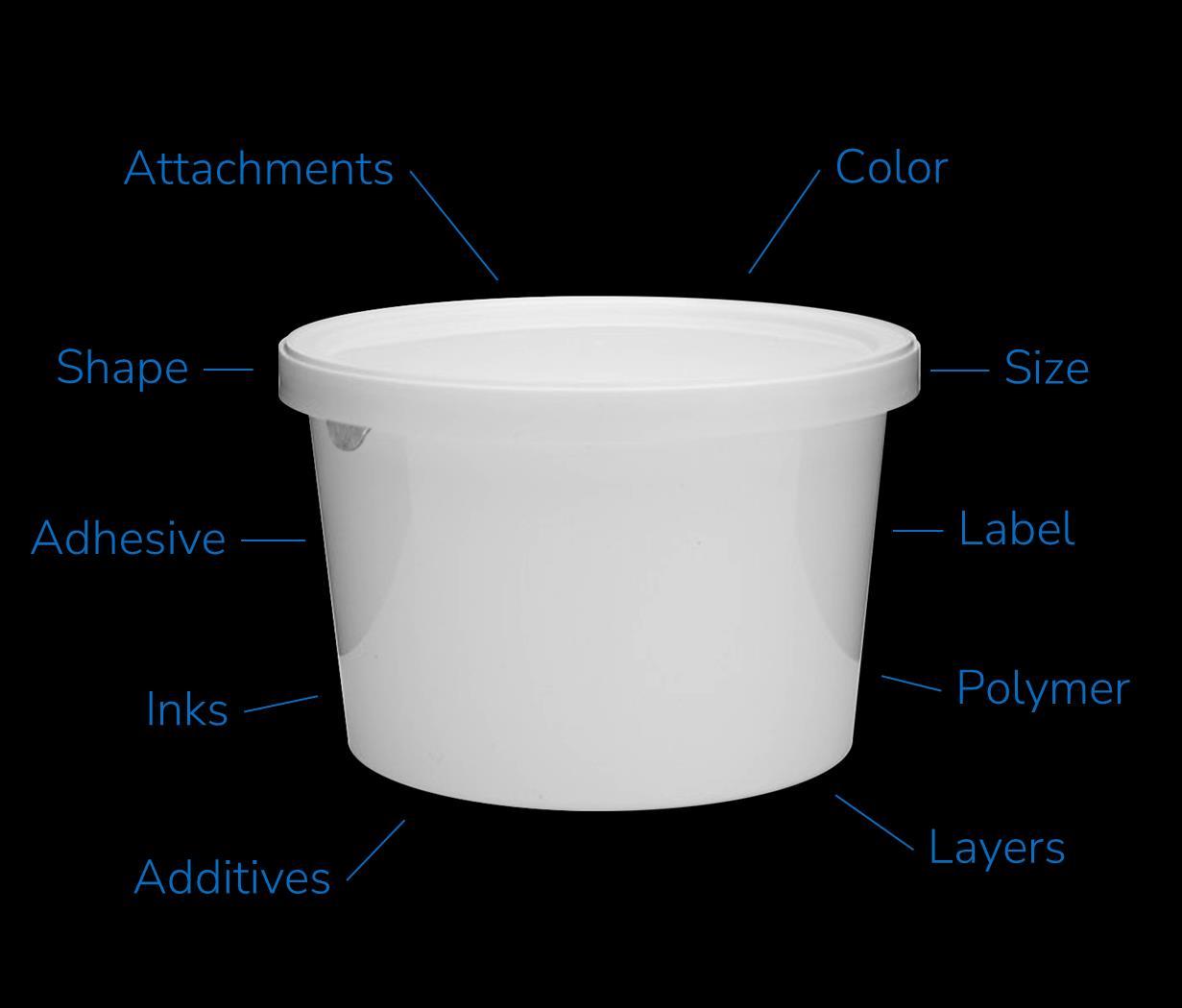
Innovations
Enabling Circularity

• Replaces traditional aluminum lidding
• Allows for PP monomaterial packaging
• Decreases loss due to Al lidding

RECYCLING WORKS when
we all work together









FOLLOW OUR PODCAST Thank you! LISTEN © 2023 The Association of Plastic Recyclers Scott
scott@plasticsrecycling.org
Trenor






































































